The term balance was introduced to describe weighing instruments because the early devices had two plates suspended from an overhead beam which could tilt either way from a central stand. The object to be weighed was placed on one plate until an equilibrium or ‘balance’ was obtained by progressively adding weights (originally stones) to the other one. Remains of balances have been discovered which must have been used more than 4000 years ago.
These murals below show Egyptian god, Anubis, weighing the hearts of the deceased to see if they are worthy of entering heaven in 1878 BCE.
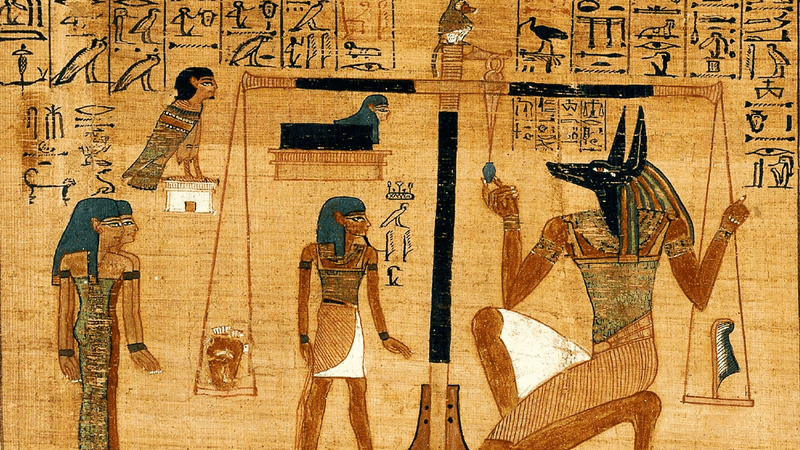
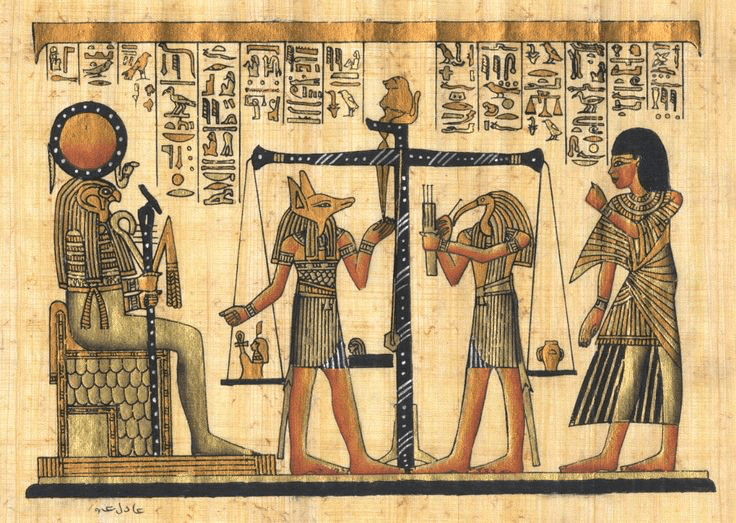
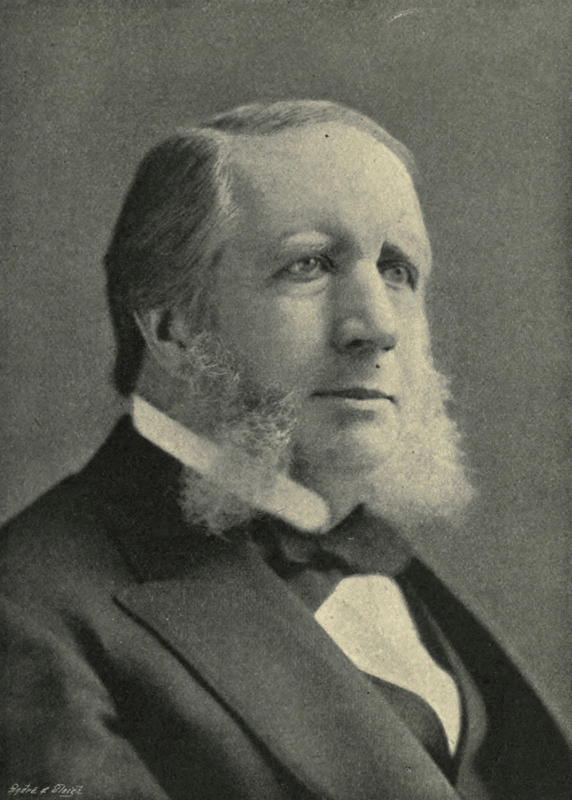
The Romans introduced metal weights to increase accuracy and honesty. However, because there was no universal system of standardisation of weights, merchants and traders were generally believed to use weights which were to their advantage, and this continued until the invention of the spring balance by Richard Salter in 1770.
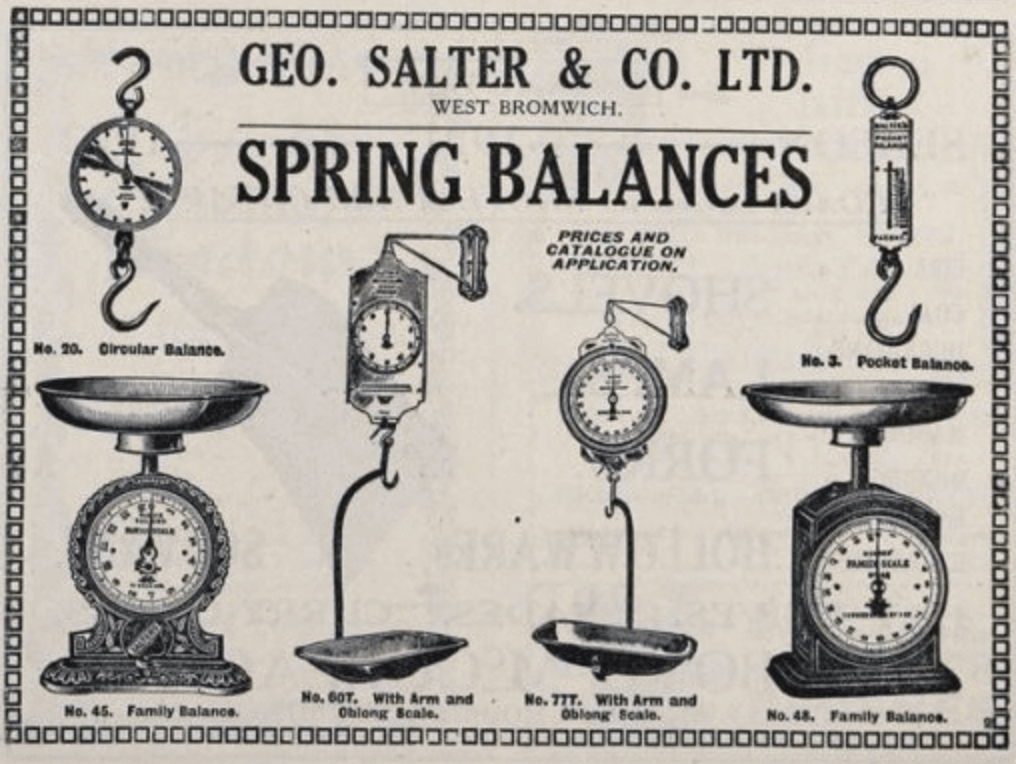
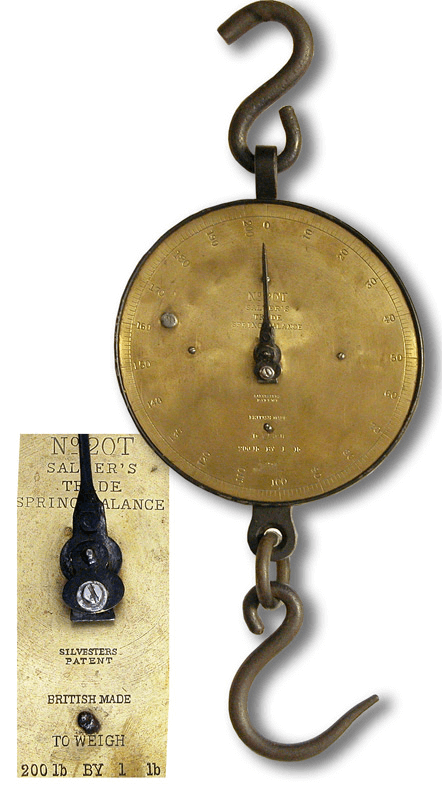
These instruments relied upon Hooke’s observation that the degree of compression of a spring was directly related to the applied force which gravity produced when an item was placed on the pan (as the plate became to be known). This type of scale came into common use in all forms of trade but there were limitations on the lowest weights which could be weighed, and this represented a problem for pharmacy where the doses used were small (as low as a grain [60 mg]) so more accurate beam balances were developed and are still used in pharmacies to this day. More sophisticated and accurate chemical balances were also developed which could weight as little as a milligram.
The introduction of legal acts to control and standardise weights and weighing were gradually introduced in developed countries and in most of these, regular independent calibration is mandatory.
The invention of the digital balance in the late 20th century in which the pressure on the single plate is converted to a weight by measurement of the electrical resistance produced by pressure on the plate was a huge step forward. Such balances can measure weights from sub-milligrams to tonnes and are not affected by gravity. For this reason, they are also referred to as “scales”.
Because of the wide range of weights that can be measured current available scales come in many shapes and sizes.
We display a number of balances and scales ranging from pan balances enclosed in beautiful wooden cases (to exclude drafts) to electric/electronic scales spanning a period of many decades.